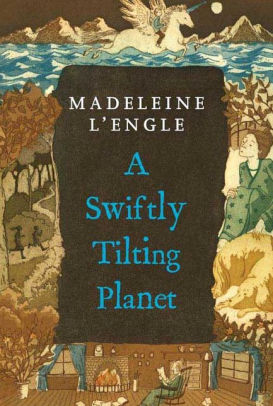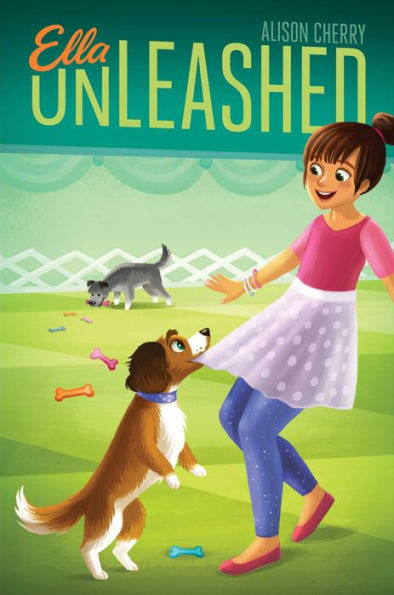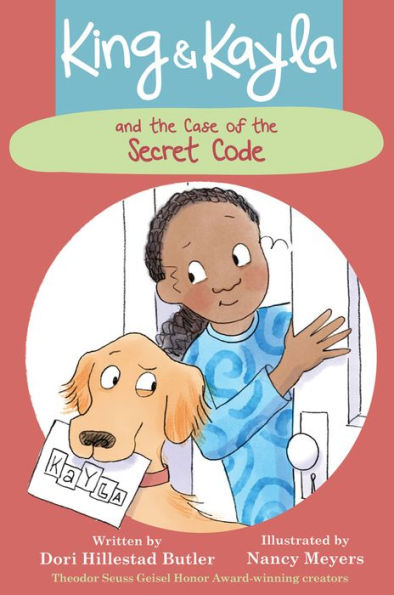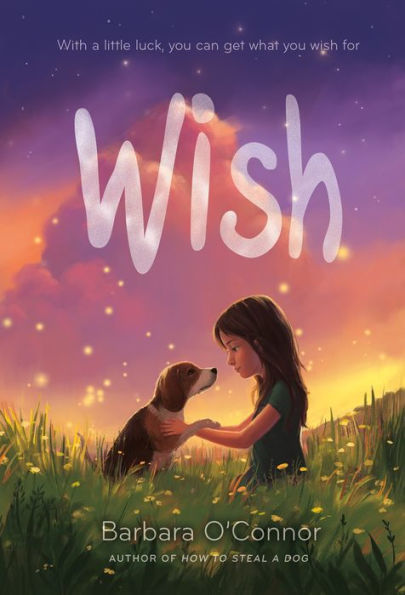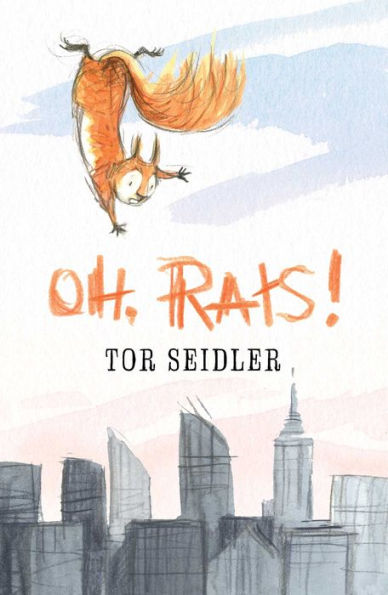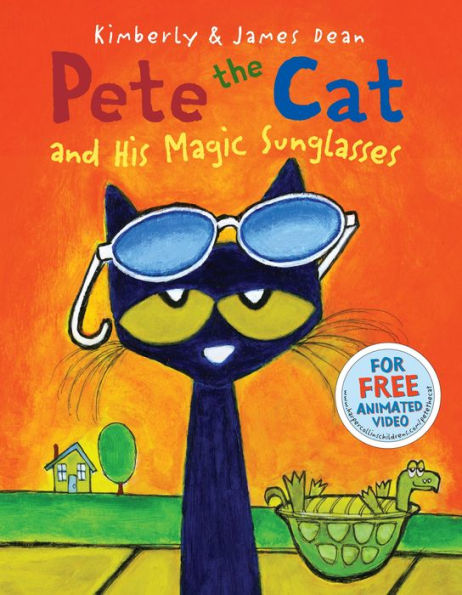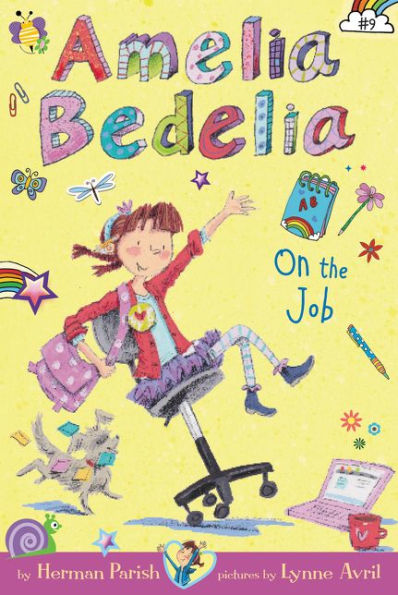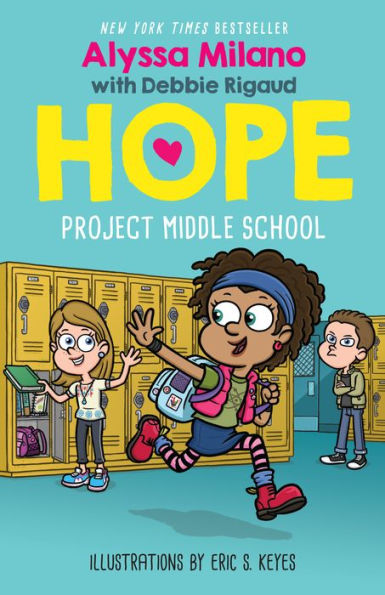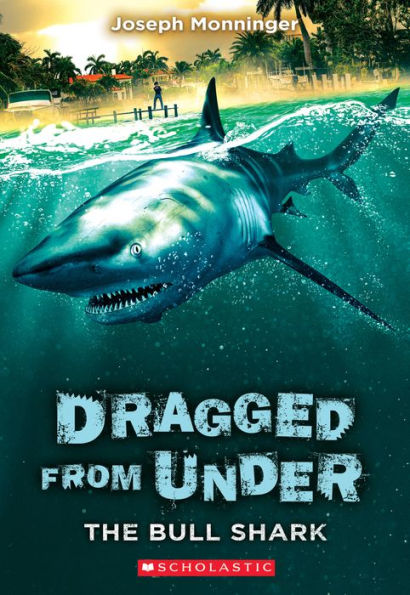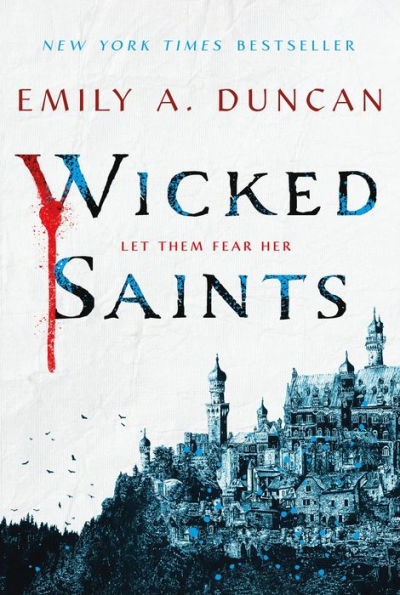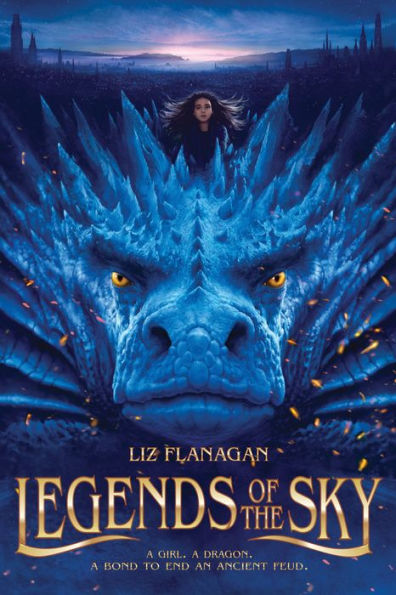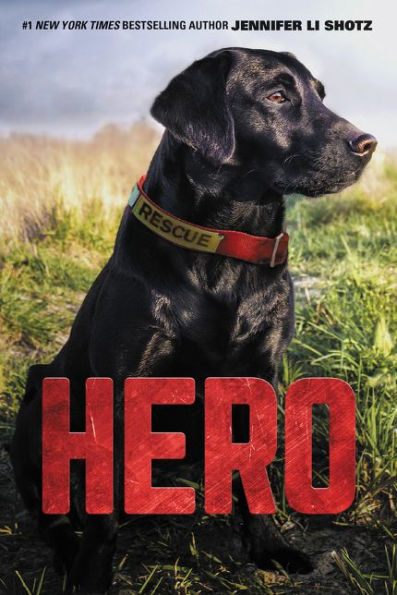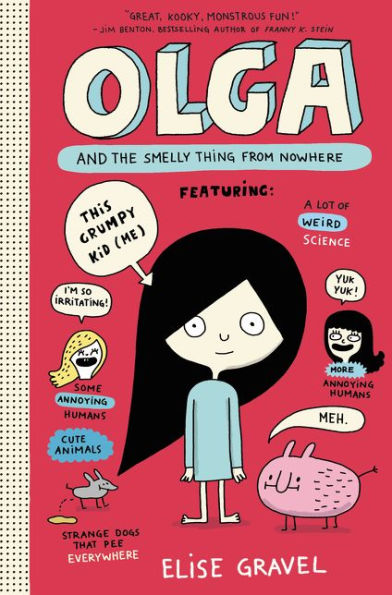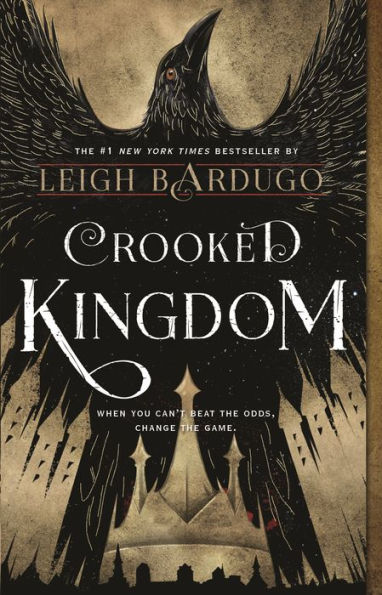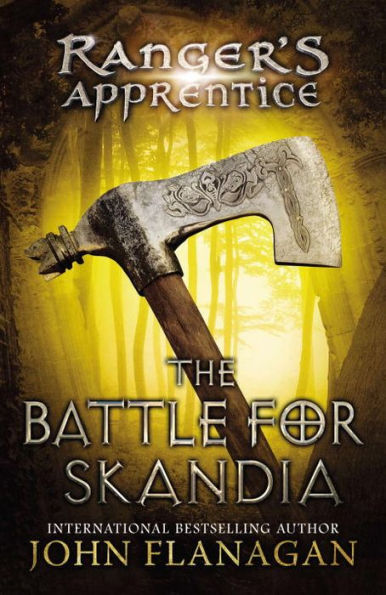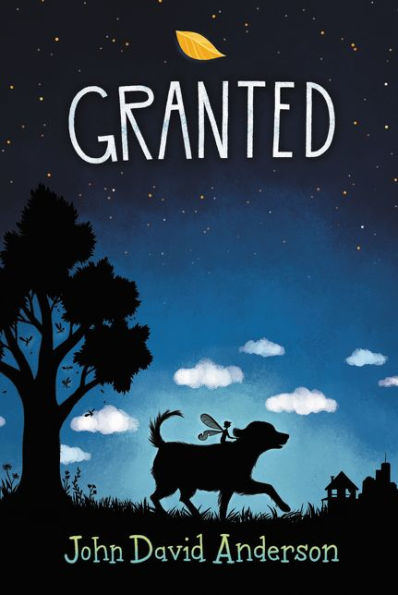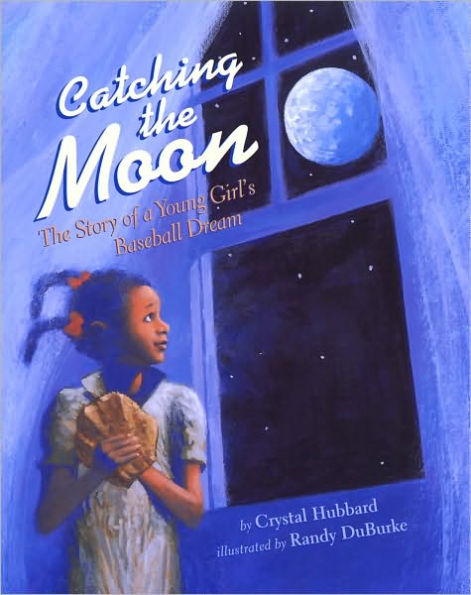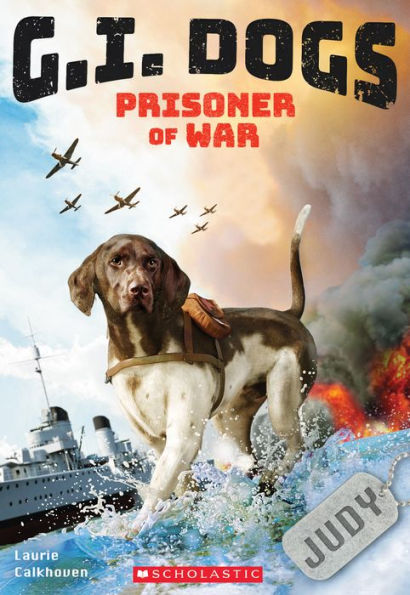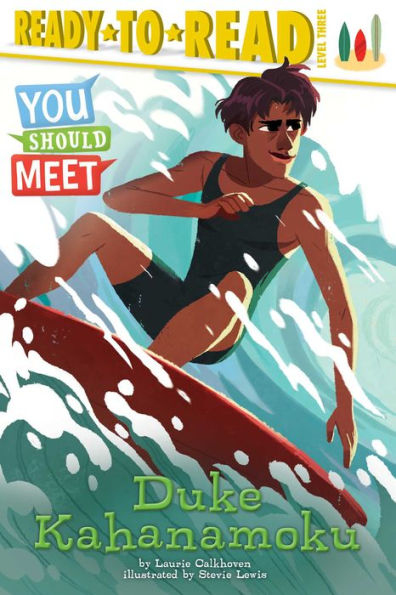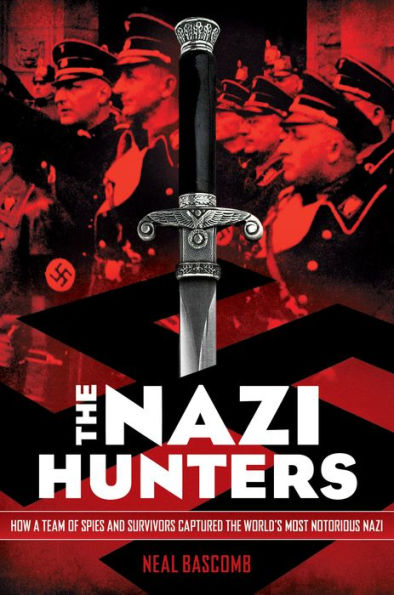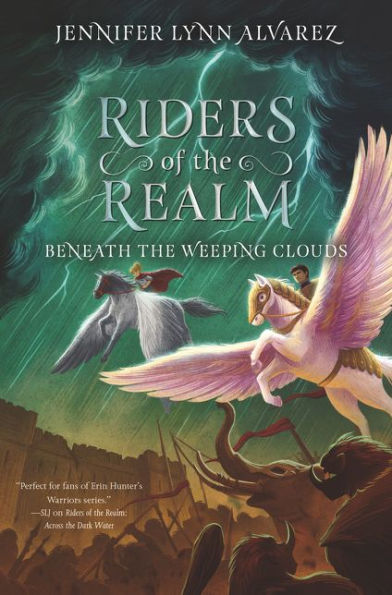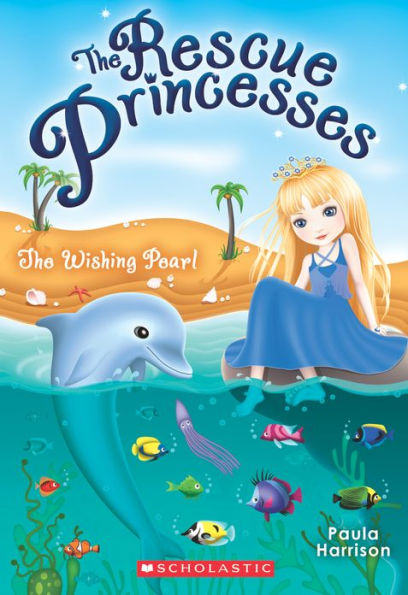When Mad Dog Branzillo, a leader of a small South American country, develops nuclear weapons, it seems the end of the world is at hand. Mad Dog is a crazy man full of hate who would be willing—eager even—to destroy the world. When Meg’s family hears this, there seems to be nothing to do but wait for the end of the world. But Mrs. O’Keefe, Meg’s mother-in-law, is suddenly reminded of an old Irish rune that her grandmother taught her about when she was a child. The rune is supposed to have great power, but can only be used in the time of greatest need.
Meg’s little brother Charles Wallace decides to use the rune. When he does so, he is sent a unicorn who can ride the winds of time. The unicorn tells him that history is full of Might-Have-Beens, where a single decision could change the course of history. To save the world, the unicorn takes Charles Wallace back in time and sends him ‘within’ the lives of several people—from the first Native American settlers to the Civil War period. As a passenger in these people, Charles becomes them. He sees what they see and hears what they hear. But he is able, perhaps, to nudge them in a better direction and change the vital Might-Have-Beens that lead to Mad Dog Branzillo.
L’Engle’s book is an allegorical tale that explores the battle of good and evil that started when the fallen angels were banished from heaven. While most of the story is phrased in terms of good and evil, there are points where the unicorn mentions heaven, angels, and other biblical concepts explicitly. In addition, when Charles Wallace visits a settlement in the time of the Salem Witch Trials, God is discussed frequently and scripture is used both by the pastor trying to condemn a woman and by the man defending her.
A Swiftly Tilting Planet is all about the importance of choices, even those that seem small. It explores two family lines: one family who leaned toward violence and hungered for power, and another family who promoted peace and friendship. The two family lines parallel the struggle between good and evil, heaven and darkness. While the story is enjoyable and full of good messages, there are many characters that Charles interacts with throughout history whose many names may become confusing for less advanced readers. For those able to follow the complicated family lines and keep track of the many names, A Swiftly Tilting Planet is yet another fun ride in the Time Quintet.
Sexual Content
- A pregnant Native American woman uses “birthing flowers” to prepare for her birth. “She knelt and breathed in the fragrance of the blossoms, took them up in her hands, and pressed them against her forehead, her lips, her breasts, against the roundness of her belly.”
- A boy reports that his sister and the hired hand were “kissing.”
Violence
- Two brothers fight. The brother who wins holds his brother’s head underwater until his brother promises to leave and never come back. “Madoc forced Gwydyr into the lake, and held him down under the water until rising bubbles told him that his brother was screaming for mercy.”
- The unicorn is injured. “The entire abdominal area, where the webbed hammock had rubbed, was raw and oozing blood. The water which had flooded from [his] nostrils was pinkish.”
- When she was an only child, Mrs. O’Keefe’s mother “came to breakfast with a black eye, explaining that she had bumped into a door in the dark.” It’s clear that her new husband abuses her.
- Mrs. O’Keefe’s stepfather boxed her brother’s ears and pinched her inappropriately as a child. When her grandmother tried to intervene, the man tried to hit her. “Chuck thrust himself between his grandmother and stepfather and took the full force of Mortmain’s blow. Again Breezie screamed, as Chuck fell, fell down the steep stairs in a shower of broken china and glass.”
- A girl says she saw Jack O’Keefe “take a homeless puppy and kill it by flinging it against the wall of the barn.”
- A man comes back from war and says, “I saw a man with his face blown off and no mouth to scream with, and yet he screamed and could not die. I saw two brothers, and one was in blue and one was in grey, and I will not tell you which one took his saber and ran it through the other.”
Drugs and Alcohol
- Charles Wallace’s family has plum pudding. “Mr. Murry got a bottle of brandy and poured it liberally over the pudding…The brandy burned with a brilliant blue flame . . . Mr. Murry tilted the dish so that all the brandy would burn.”
Language
- “God” and “Oh God” are used a few times. They are said in devoted ways, not as profane exclamations.
- A woman says, “Thank God,” when she learns that her son is alive.
- A man writes a letter describing a Native American who helped the settlers: “God knows he is helpful.”
- When his friend is giving birth, Brandon prays, “Oh God, God, make Zylle be all right.”
Supernatural
- Mrs. O’Keefe gives Charles Wallace a rune that her grandmother gave her as a child. It calls upon heaven to stand against the darkness, and Charles uses pieces of the rune when he is in danger. The first time he says, “In this fateful hour I call on all Heaven with its power!” and a unicorn appears to help him. Another time, he says, “And the fire with all the strength it hath,” and the sun causes a pile of flowers to burst into flames.
- Charles Wallace and his sister Meg know how to kythe, which is a deeper form of telepathy that “was being able to be with someone else, no matter how far away they might be…talking in a language that was deeper than words.” In this way, Meg is able to be with her brother even when he goes on a long journey.
- Charles Wallace travels in time with a unicorn. “Slowly the radiance took on form, until it had enfleshed itself into the body of a great white beast with flowing mane and tail. From its forehead sprang a silver horn which contained the residue of the light.”
- Charles Wallace goes back in time to prevent a madman from destroying the world. The unicorn explains, “What we must do is find the Might-Have-Beens which have led to this particular evil. I have seen many Might-Have-Beens. If such and such had been chosen, then this would not have followed. If so and so had been done, then the light would partner the dark instead of being snuffed out. It is possible that you can move into the moment of a Might-Have-Been and change it.”
- Twice, Charles Wallace is blown into a Projection, which is “a possible future, a future the Echthroi want to make real.” The first time, they arrive in a lava world and see a “monstrous creature with a great blotched body, short stumps for legs, and long arms, with the hands brushing the ground. What was left of the face was scabrous and suppurating.”
- A Native American says, “When the soothsayer looked into the scrying glass and foretold my father’s death, he saw also that I would live my days far from Gwynedd.”
- A Native American sees a vision of the future in the reflection of a pond. “He feared the small oval of water which reflected Gwydyr’s face, growing larger and larger, and darker and darker, quivering until it was no longer the face of a man but of a screaming baby.”
- Brandon, an early North American settler, sees pictures of the future. A Native American tells him, “Among my people you would be known as a Seer, and you would be having the training in prayer and trusting that would keep your gift very close to the gods, from whom the gift comes.”
- When injured, the unicorn takes Charles Wallace to his planet in order to be healed. There the snow heals them, the unicorn drinks liquid moonlight, and Charles Wallace sees a unicorn hatch from an egg. “A sharp cracking, and a flash of brilliance as the horn thrust up and out into the pearly air, followed by a head with the silver mane clinging damply to neck and forehead. Dark silver-lashed eyes opened slowly, and the baby unicorn looked around.”
Spiritual Content
- A Swiftly Tilting Planet is an allegorical story about the powers of good and evil, of light and darkness, of heaven’s creation and those who would want to destroy everything. There are many references to this battle throughout the book, beginning with the following description of the Echthros, the enemy of everything good. “The Echthros wanted all the glory for itself, and when that happens the good becomes not good; and others have followed that first Echthros. Wherever the Echthroi go, the shadows follow…There are places where no one has ever heard the ancient harmonies.”
- Charles meets ancient Native Americans. They have many songs, some of which refer to “Lords of snow and rain and water.” This song eventually becomes a prayer: “Lords of blue and Lords of gold, Lords of winds and waters wild, Lords of time that’s growing old.”
- When speaking of dead spirits struggling to find peace, a Native American asks, “Are the gods of Gwynedd so weak they cannot care for their own?”
- A man says, “For brothers to wish to kill each other for the sake of power is to anger the gods.”
- Ritchie, an early North American settler, says, “I cannot find it in me to believe that God enjoys long faces and scowls at merriment.”
- When his daughter gives birth, Ritchie reads from the Bible. “I love the Lord, because he hath heard my voice and my supplications. The sorrows of death compassed me, and the pains of hell got hold upon me: I found trouble and sorrow. Then called I upon the name of the Lord. Gracious is the Lord, and righteous. I was brought low, and he helped me. Return unto thy rest, O my soul; for the Lord hath dealt bountifully with thee.”
- Charles Wallace visits the time period of the Salem Witch Trials, where there is much talk of witches, of good and evil, and of spirits. For example, one boy says, “My father says there are evil spirits abroad, hardening men’s hearts.” The pastor claims a Native American woman is a witch and it is God’s will that she be killed. The Native American woman’s father-in-law uses scripture to defend her, but the townspeople won’t listen.
- Mrs. O’Keefe’s grandmother said several times that her dead husband is “waiting for me” before she passed away.
- A man speaks about the Civil War. “Oh God, it was brother against brother, Cain and Abel all over again. And I was turned into Cain. What would God have to do with a nation where brothers can turn against each other with such brutality?” He later says, “There were many nights during the war when God withdrew from our battle fields. When the songs of men fight against each other in hardness of heart, why should God not withdraw? Slavery is evil, God knows, but war is evil, too, evil, evil.”
by Morgan Lynn
